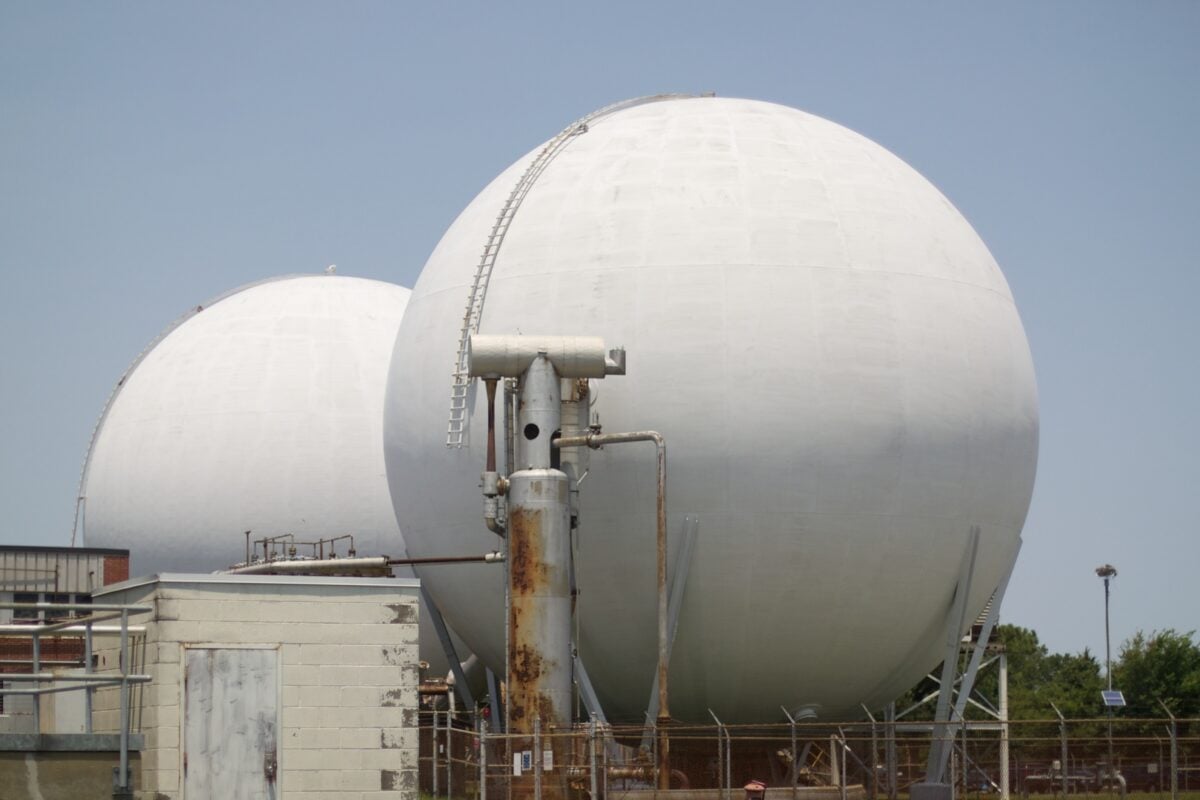The US Department of Energy (DOE) has earmarked $20 million to pioneer technologies that stimulate underground hydrogen generation. This endeavor could potentially unlock vast resources for clean energy and pave the way for decarbonizing industries that are traditionally hard to green. “When it comes to geologic hydrogen, we’re asking ‘are there disruptive ways to access this hydrogen source and explore the potential?’” stated Evelyn N. Wang, ARPA-E Director.
As the US shifts towards a carbon-neutral energy landscape, large-scale hydrogen storage solutions will become imperative. Naturally accumulating hydrogen can bolster the US energy economy, but the earth’s crust holds even greater potential. Reduced iron minerals in the earth’s crust could, in theory, produce an abundance of hydrogen through subsurface reactions. A 2014 study by Sherwood Lollar and team revealed that ‘serpentinization’ might account for up to 80% of the planet’s hydrogen production. Some theories suggest that trace radioactive elements in rocks can split water, producing hydrogen streams from the earth’s core.
Stimulated mineralogical processes might yield hydrogen quantities surpassing natural production, serving as a significant clean energy source. The funding is divided between two Advanced Research Projects Agency-Energy (ARPA-E) Exploratory Topics. Exploratory Topic G focuses on technologies that enhance hydrogen production from subsurface mineral deposits. Meanwhile, Exploratory Topic H delves into the extraction of geologic hydrogen, emphasizing subsurface transport methods and reservoir management.
Two years prior, the DOE’s Office of Fossil Energy and Carbon Management collaborated with three National laboratories to assess the feasibility of subsurface hydrogen storage. The SHASTA project, backed by a $6.75 million fund, aims to explore the storage of hydrogen or its blends in subsurface environments until 2024. Recently, WSP USA drilled tests for cavern wells in Utah, designed to store hydrogen as part of an energy storage initiative.
The Biden Administration’s recent endeavors include a grant program targeting the extraction of natural “geologic” hydrogen. Ambitious startups like Koloma, supported by Bill Gates’s Breakthrough Energy Ventures, are already drilling test wells in states like Kansas and Nebraska. Hydrogen’s versatility makes it a promising clean fuel, but current extraction methods from non-fossil sources remain expensive. Geologic hydrogen stands out due to its cost-effectiveness and the established drilling techniques from the oil and gas sector.
Similar Posts
Unlike finite fossil fuel reserves, geologic hydrogen is continuously generated, with theories suggesting its creation from heat, water, and iron reactions. Preliminary estimates by the U.S. Geological Survey hint at the abundance of geologic hydrogen, especially near fault lines. Doug Wicks of ARPA-E speculated that the global geologic hydrogen reserves could be “astronomical,” possibly reaching 150 million metric tons. “Koloma believes in a future energy economy where geologic hydrogen is a key enabler of decarbonization,” shared Pete Johnson, CEO of Koloma.
Historically, natural gas like methane was the primary energy source, but hydrogen is emerging as a sustainable alternative. Recent studies have unveiled the existence of subsurface hydrogen reserves, termed geological hydrogen. ARPA-E aims to promote subsurface hydrogen production with minimal environmental impact. Governments globally are endorsing eco-friendly hydrogen production methods, such as blue hydrogen and green hydrogen. The majority of today’s hydrogen is produced industrially, releasing CO2 and exacerbating global warming. Despite challenges, the goal remains to harness renewable sources for eco-friendly hydrogen extraction. Experts believe sustainable hydrogen could replace fossil fuels in sectors like long-distance transport and heavy industries, marking a significant stride towards a greener future.


















